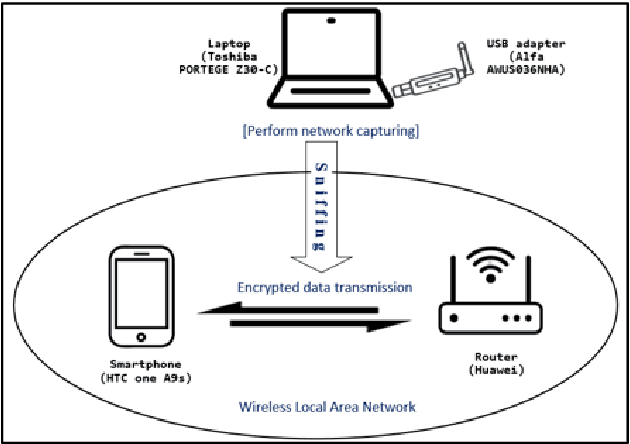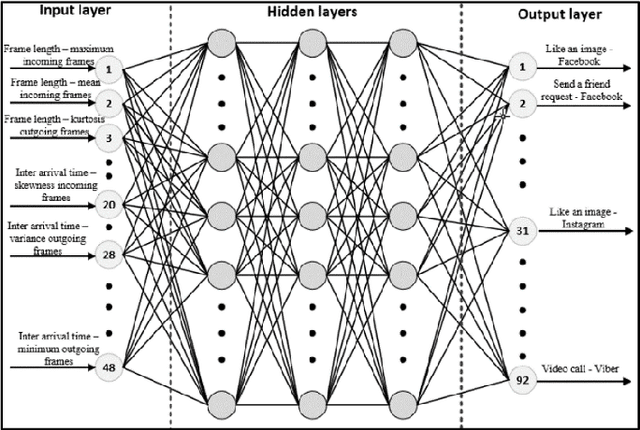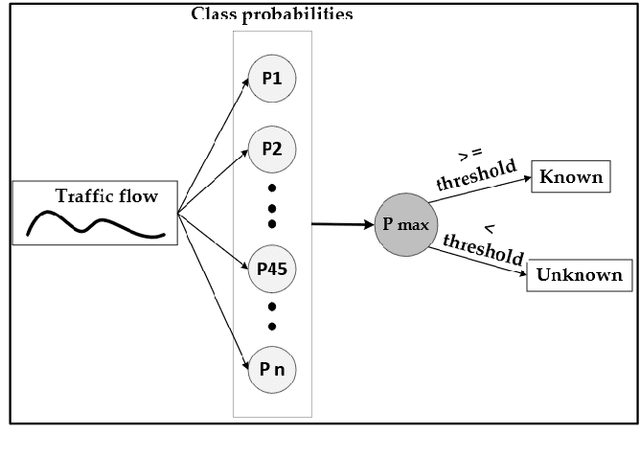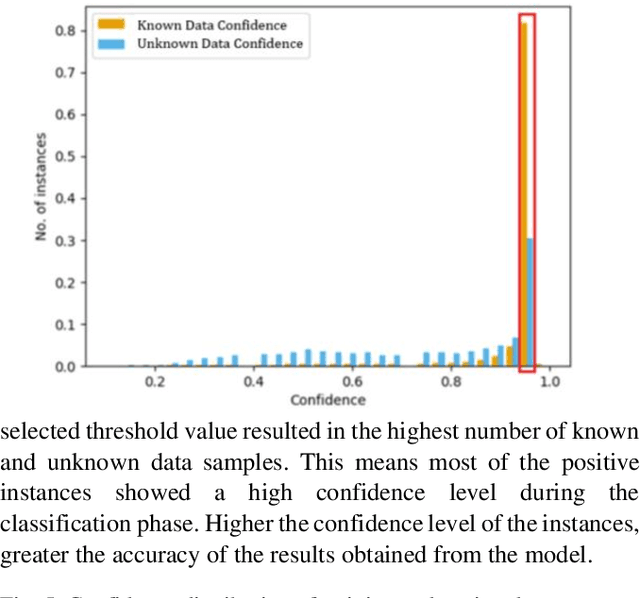Rongxing Lu
SafeLLM: Unlearning Harmful Outputs from Large Language Models against Jailbreak Attacks
Aug 21, 2025Abstract:Jailbreak attacks pose a serious threat to the safety of Large Language Models (LLMs) by crafting adversarial prompts that bypass alignment mechanisms, causing the models to produce harmful, restricted, or biased content. In this paper, we propose SafeLLM, a novel unlearning-based defense framework that unlearn the harmful knowledge from LLMs while preserving linguistic fluency and general capabilities. SafeLLM employs a three-stage pipeline: (1) dynamic unsafe output detection using a hybrid approach that integrates external classifiers with model-internal evaluations; (2) token-level harmful content tracing through feedforward network (FFN) activations to localize harmful knowledge; and (3) constrained optimization to suppress unsafe behavior without degrading overall model quality. SafeLLM achieves targeted and irreversible forgetting by identifying and neutralizing FFN substructures responsible for harmful generation pathways. Extensive experiments on prominent LLMs (Vicuna, LLaMA, and GPT-J) across multiple jailbreak benchmarks show that SafeLLM substantially reduces attack success rates while maintaining high general-purpose performance. Compared to standard defense methods such as supervised fine-tuning and direct preference optimization, SafeLLM offers stronger safety guarantees, more precise control over harmful behavior, and greater robustness to unseen attacks. Moreover, SafeLLM maintains the general performance after the harmful knowledge unlearned. These results highlight unlearning as a promising direction for scalable and effective LLM safety.
Backdoor Attacks against Image-to-Image Networks
Jul 15, 2024



Abstract:Recently, deep learning-based Image-to-Image (I2I) networks have become the predominant choice for I2I tasks such as image super-resolution and denoising. Despite their remarkable performance, the backdoor vulnerability of I2I networks has not been explored. To fill this research gap, we conduct a comprehensive investigation on the susceptibility of I2I networks to backdoor attacks. Specifically, we propose a novel backdoor attack technique, where the compromised I2I network behaves normally on clean input images, yet outputs a predefined image of the adversary for malicious input images containing the trigger. To achieve this I2I backdoor attack, we propose a targeted universal adversarial perturbation (UAP) generation algorithm for I2I networks, where the generated UAP is used as the backdoor trigger. Additionally, in the backdoor training process that contains the main task and the backdoor task, multi-task learning (MTL) with dynamic weighting methods is employed to accelerate convergence rates. In addition to attacking I2I tasks, we extend our I2I backdoor to attack downstream tasks, including image classification and object detection. Extensive experiments demonstrate the effectiveness of the I2I backdoor on state-of-the-art I2I network architectures, as well as the robustness against different mainstream backdoor defenses.
An Efficient and Multi-private Key Secure Aggregation for Federated Learning
Jun 15, 2023Abstract:With the emergence of privacy leaks in federated learning, secure aggregation protocols that mainly adopt either homomorphic encryption or threshold secret sharing have been widely developed for federated learning to protect the privacy of the local training data of each client. However, these existing protocols suffer from many shortcomings, such as the dependence on a trusted third party, the vulnerability to clients being corrupted, low efficiency, the trade-off between security and fault tolerance, etc. To solve these disadvantages, we propose an efficient and multi-private key secure aggregation scheme for federated learning. Specifically, we skillfully modify the variant ElGamal encryption technique to achieve homomorphic addition operation, which has two important advantages: 1) The server and each client can freely select public and private keys without introducing a trust third party and 2) Compared to the variant ElGamal encryption, the plaintext space is relatively large, which is more suitable for the deep model. Besides, for the high dimensional deep model parameter, we introduce a super-increasing sequence to compress multi-dimensional data into 1-D, which can greatly reduce encryption and decryption times as well as communication for ciphertext transmission. Detailed security analyses show that our proposed scheme achieves the semantic security of both individual local gradients and the aggregated result while achieving optimal robustness in tolerating both client collusion and dropped clients. Extensive simulations demonstrate that the accuracy of our scheme is almost the same as the non-private approach, while the efficiency of our scheme is much better than the state-of-the-art homomorphic encryption-based secure aggregation schemes. More importantly, the efficiency advantages of our scheme will become increasingly prominent as the number of model parameters increases.
Deep Learning for Encrypted Traffic Classification and Unknown Data Detection
Mar 25, 2022



Abstract:Despite the widespread use of encryption techniques to provide confidentiality over Internet communications, mobile device users are still susceptible to privacy and security risks. In this paper, a new Deep Neural Network (DNN) based user activity detection framework is proposed to identify fine grained user activities performed on mobile applications (known as in-app activities) from a sniffed encrypted Internet traffic stream. One of the challenges is that there are countless applications, and it is practically impossible to collect and train a DNN model using all possible data from them. Therefore, in this work we exploit the probability distribution of DNN output layer to filter the data from applications that are not considered during the model training (i.e., unknown data). The proposed framework uses a time window based approach to divide the traffic flow of an activity into segments, so that in-app activities can be identified just by observing only a fraction of the activity related traffic. Our tests have shown that the DNN based framework has demonstrated an accuracy of 90% or above in identifying previously trained in-app activities and an average accuracy of 79% in identifying previously untrained in-app activity traffic as unknown data when this framework is employed.
 Add to Chrome
Add to Chrome Add to Firefox
Add to Firefox Add to Edge
Add to Edge